Your cart is currently empty!
Tag: Advantages
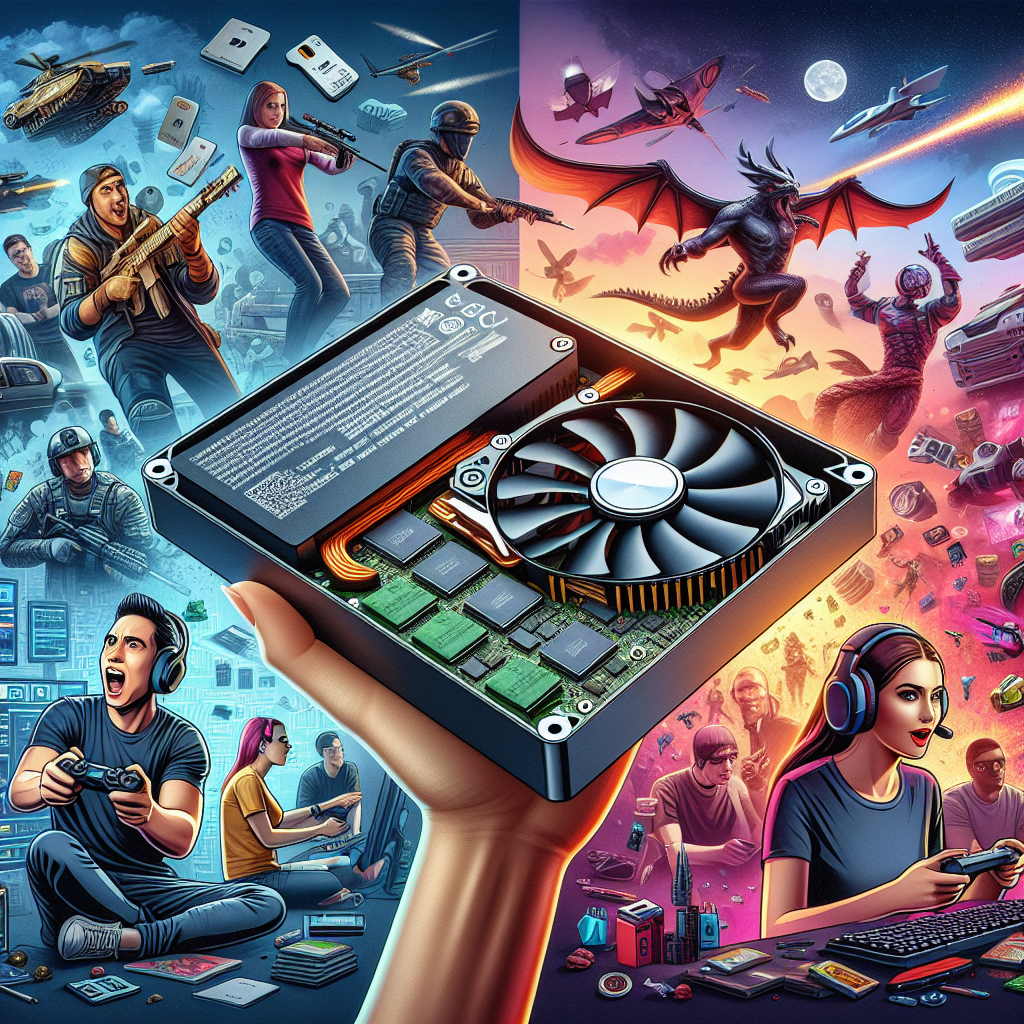
The Advantages of Solid-State Drives for Gaming Enthusiasts
Solid-state drives (SSDs) have become increasingly popular in the gaming community due to their numerous advantages over traditional hard disk drives (HDDs). For gaming enthusiasts who demand high performance and quick load times, SSDs offer a number of benefits that can greatly enhance the gaming experience.One of the biggest advantages of SSDs for gaming enthusiasts is their speed. SSDs are significantly faster than HDDs, allowing games to load much more quickly and reducing in-game loading times. This means that gamers can spend less time waiting for games to load and more time actually playing them, resulting in a smoother and more enjoyable gaming experience.
In addition to faster load times, SSDs also offer improved performance in-game. The faster read and write speeds of SSDs can help reduce lag and stuttering in games, leading to a more responsive and fluid gaming experience. This can be particularly beneficial for competitive gamers who need quick reflexes and precise control in fast-paced games.
Another advantage of SSDs for gaming enthusiasts is their reliability. Unlike HDDs, which have moving parts that can wear out over time, SSDs have no moving parts and are less prone to mechanical failure. This means that SSDs are more durable and reliable, making them a better choice for gamers who want a drive that can withstand the rigors of heavy gaming use.
SSDs also offer a quieter and more energy-efficient alternative to HDDs. Since SSDs have no moving parts, they generate less noise and heat than HDDs, resulting in a quieter and cooler gaming setup. Additionally, SSDs consume less power than HDDs, which can help reduce energy costs and make for a more environmentally friendly gaming experience.
Overall, the advantages of SSDs for gaming enthusiasts are clear. With their faster speeds, improved performance, reliability, and energy efficiency, SSDs are a great choice for gamers who want to take their gaming experience to the next level. Whether you’re a casual gamer looking for quicker load times or a competitive gamer seeking a performance edge, investing in an SSD can greatly enhance your gaming experience.
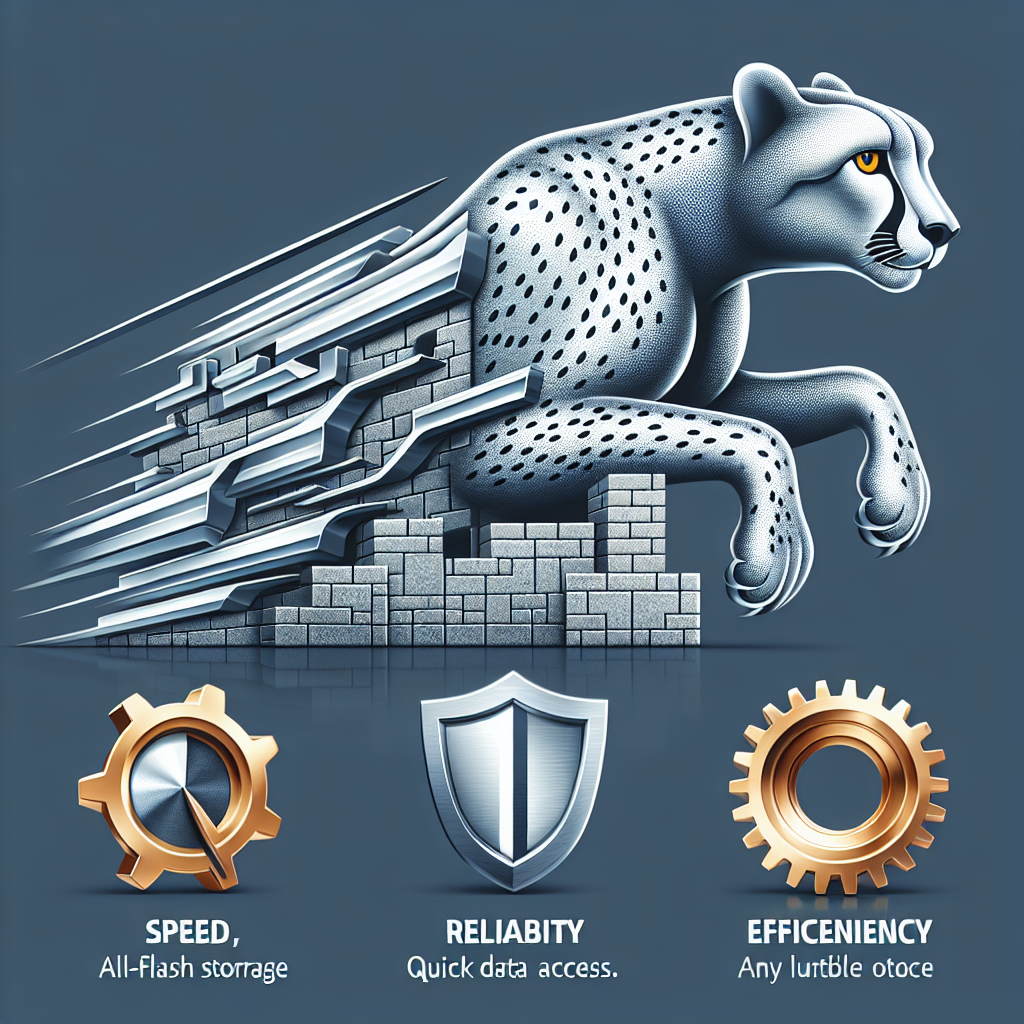
The Advantages of All-Flash Storage: Speed, Reliability, and Efficiency
In the world of data storage, all-flash storage systems have become increasingly popular due to their numerous advantages over traditional hard disk drives (HDDs). All-flash storage, which uses flash memory to store data, offers faster performance, increased reliability, and greater efficiency compared to HDDs. In this article, we will explore the advantages of all-flash storage and why businesses are turning to this technology for their storage needs.One of the biggest advantages of all-flash storage is speed. Flash memory, which is non-volatile and does not require mechanical components to read and write data, allows for much faster data access and retrieval compared to HDDs. This means that applications and processes can run more quickly, leading to improved productivity and performance for businesses. In today’s fast-paced digital world, speed is crucial, and all-flash storage can help organizations keep up with the demands of modern technology.
Another key advantage of all-flash storage is reliability. HDDs are prone to mechanical failures, such as head crashes and motor failures, which can result in data loss and system downtime. Flash memory, on the other hand, is more durable and less susceptible to physical damage, making it a more reliable option for storing important data. With all-flash storage, businesses can have peace of mind knowing that their data is safe and secure, even in the event of hardware failures.
In addition to speed and reliability, all-flash storage also offers greater efficiency. Flash memory consumes less power and produces less heat compared to HDDs, making it a more environmentally friendly and cost-effective storage solution. With all-flash storage, businesses can reduce their energy consumption and cooling costs, while also maximizing the use of their data center space. The efficiency of all-flash storage can result in significant cost savings for organizations, making it a wise investment for those looking to improve their storage infrastructure.
Overall, the advantages of all-flash storage – speed, reliability, and efficiency – make it an attractive option for businesses looking to modernize their data storage systems. With faster performance, increased reliability, and greater efficiency, all-flash storage can help organizations stay competitive in today’s digital landscape. If you are considering upgrading your storage infrastructure, it may be worth exploring the benefits of all-flash storage and how it can help your business succeed.
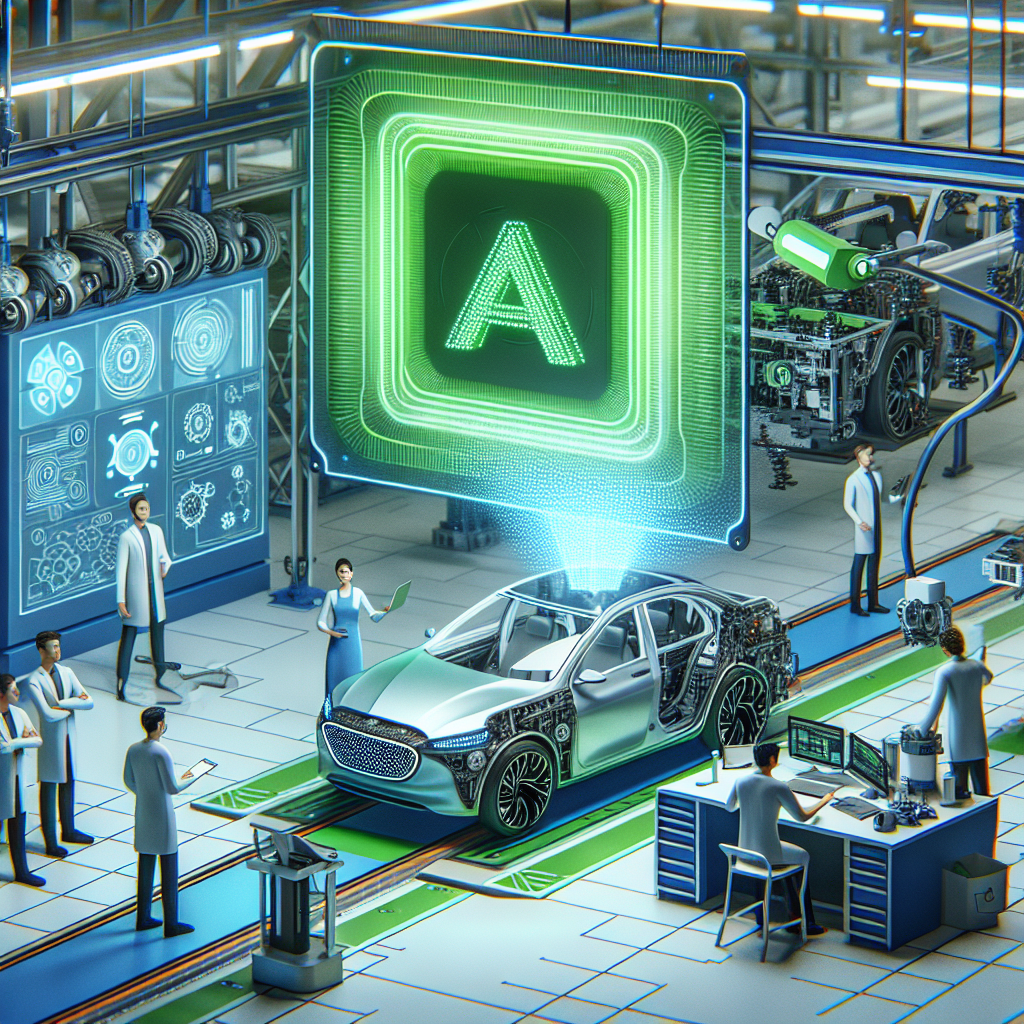
The Advantages of NVIDIA DRIVE for OEMs and Tier 1 Suppliers
NVIDIA DRIVE is a groundbreaking platform that is revolutionizing the automotive industry. This platform provides OEMs and Tier 1 suppliers with a range of advantages, making it the go-to solution for companies looking to innovate in the rapidly evolving automotive sector.One of the key advantages of NVIDIA DRIVE for OEMs and Tier 1 suppliers is its advanced AI capabilities. The platform is powered by NVIDIA’s industry-leading AI technology, which enables vehicles to process and analyze vast amounts of data in real-time. This allows for advanced autonomous driving features, such as lane-keeping assistance, adaptive cruise control, and pedestrian detection, to be implemented with ease.
Another advantage of NVIDIA DRIVE is its scalability. The platform is designed to support a wide range of vehicle types, from compact cars to commercial trucks. This means that OEMs and Tier 1 suppliers can easily integrate NVIDIA DRIVE into their existing product lines, without the need for major redesigns or retooling.
Additionally, NVIDIA DRIVE offers a high level of customization. OEMs and Tier 1 suppliers can tailor the platform to meet their specific needs, whether that be enhancing driver safety, improving fuel efficiency, or enhancing the overall driving experience. This level of flexibility ensures that companies can differentiate themselves in a crowded marketplace and stay ahead of the competition.
Furthermore, NVIDIA DRIVE is constantly evolving. NVIDIA is committed to pushing the boundaries of AI technology in the automotive sector, and regularly releases updates and enhancements to the platform. This means that OEMs and Tier 1 suppliers can benefit from the latest AI innovations, without having to invest in costly R&D efforts.
In conclusion, NVIDIA DRIVE offers a range of advantages for OEMs and Tier 1 suppliers in the automotive industry. From advanced AI capabilities and scalability to customization and ongoing innovation, this platform is a game-changer for companies looking to stay ahead in the rapidly evolving automotive sector. By leveraging NVIDIA DRIVE, OEMs and Tier 1 suppliers can drive innovation, improve safety, and deliver a superior driving experience to their customers.
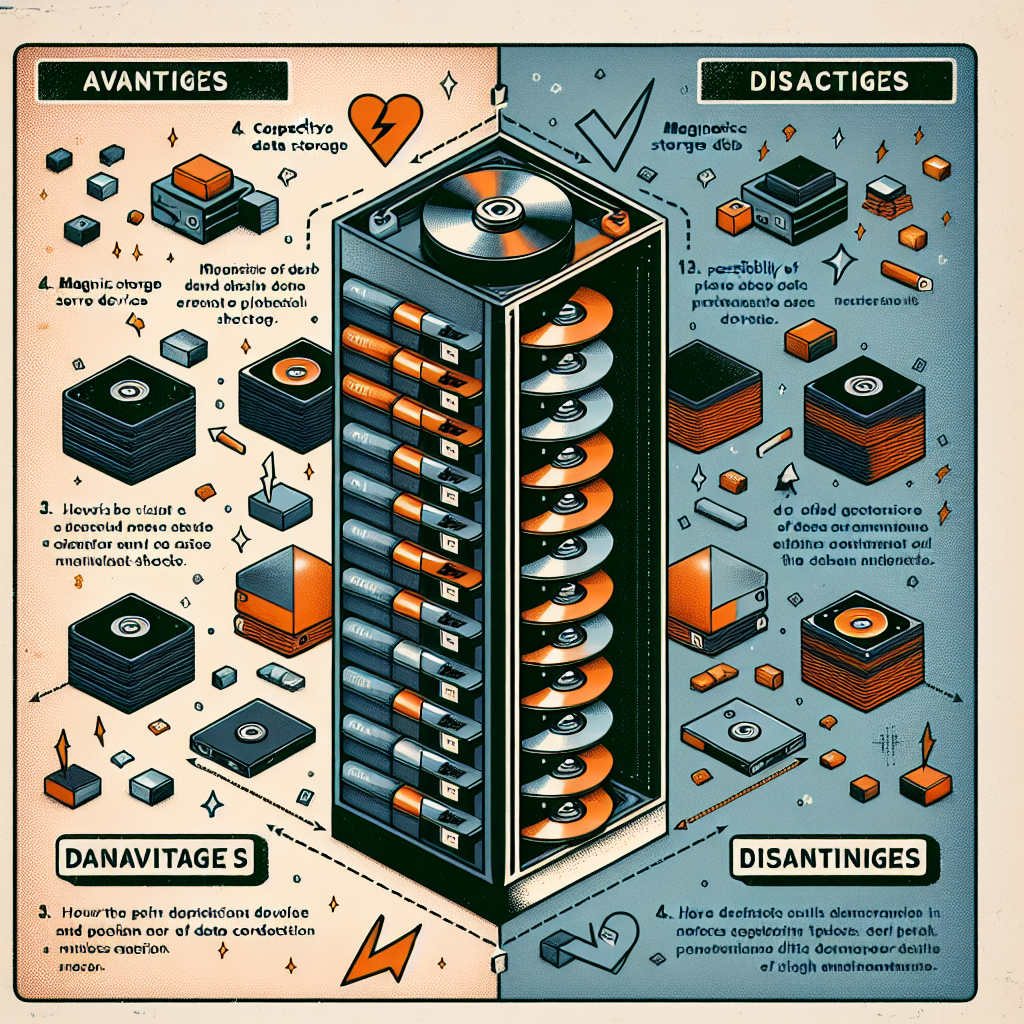
Advantages and Disadvantages of Magnetic Storage Devices
Magnetic storage devices, such as hard drives and magnetic tapes, have been a staple in the world of data storage for decades. These devices use magnetized particles to store data, making them a reliable and cost-effective option for storing large amounts of information. However, like any technology, magnetic storage devices come with their own set of advantages and disadvantages.Advantages:
1. Cost-effective: Magnetic storage devices are typically more affordable than other forms of storage, such as solid-state drives. This makes them a popular choice for organizations and individuals looking to store large amounts of data without breaking the bank.
2. High capacity: Magnetic storage devices have the ability to store a large amount of data in a relatively small space. This makes them ideal for storing media files, documents, and other large files that require a lot of storage space.
3. Durability: Magnetic storage devices are known for their durability and reliability. They can withstand physical shocks and vibrations, making them a good choice for storing data in harsh environments.
4. Longevity: Magnetic storage devices have a long lifespan, with some hard drives lasting for several years without any issues. This makes them a practical choice for long-term data storage.
Disadvantages:
1. Slower access speeds: Magnetic storage devices tend to have slower access speeds compared to solid-state drives. This can result in slower performance when accessing and transferring data, especially for large files.
2. Prone to data loss: Magnetic storage devices are susceptible to data loss due to physical damage or magnetic interference. This can result in the loss of important data if the device is not properly maintained or protected.
3. Limited lifespan: While magnetic storage devices are known for their durability, they do have a limited lifespan. Over time, the magnetic particles used to store data can degrade, leading to data corruption and potential data loss.
4. Size and weight: Magnetic storage devices are typically larger and heavier than solid-state drives, making them less portable and convenient for on-the-go storage needs.
In conclusion, magnetic storage devices have their own set of advantages and disadvantages. While they are a cost-effective and reliable option for storing large amounts of data, they may not be the best choice for users looking for high-speed performance or portability. It is important to consider these factors when choosing a storage solution that best fits your needs.
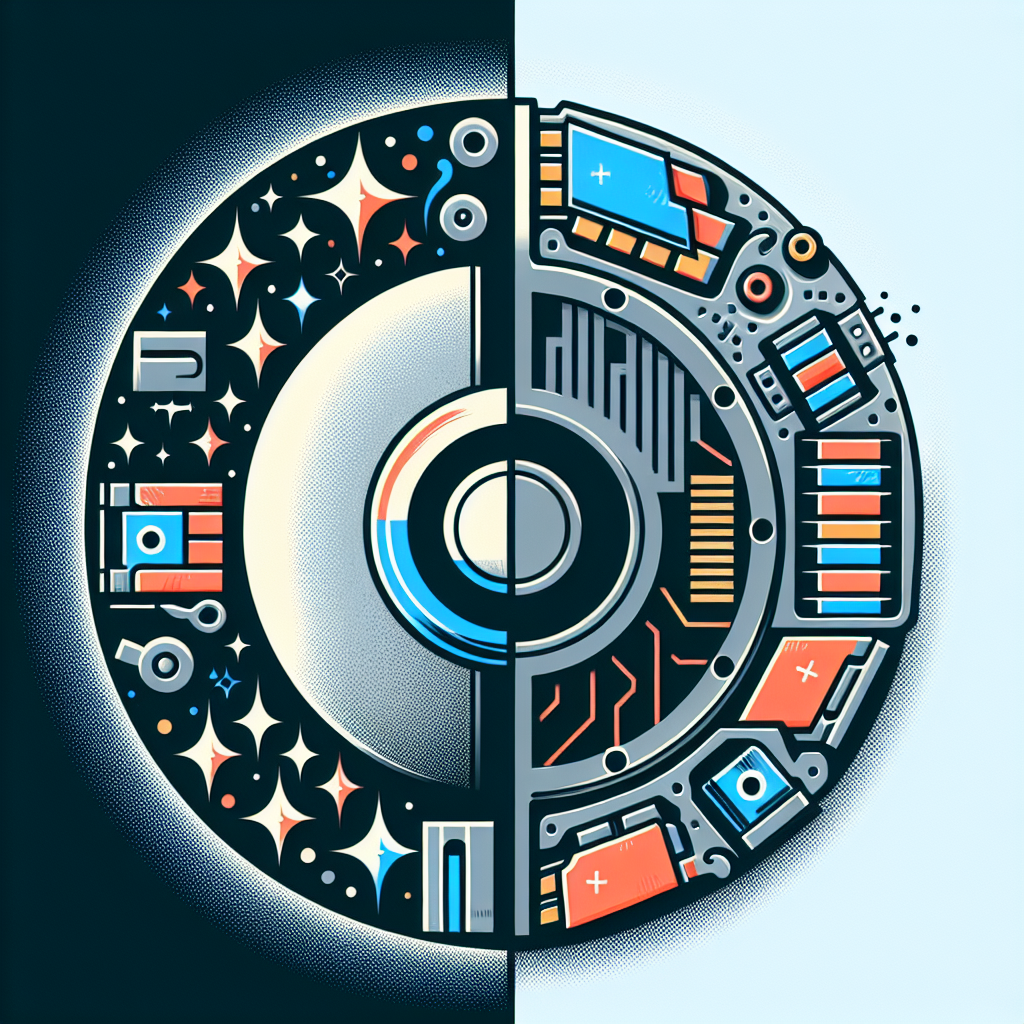
Advantages and Disadvantages of SATA Technology
SATA, or Serial Advanced Technology Attachment, is a type of computer interface used for connecting storage devices such as hard drives and solid-state drives to a computer’s motherboard. SATA has become the standard interface for most consumer-grade storage devices due to its speed and reliability. However, like any technology, SATA has its advantages and disadvantages.Advantages of SATA Technology:
1. Speed: SATA technology offers fast data transfer speeds, with the latest SATA 3.0 standard supporting speeds of up to 6 gigabits per second (Gbps). This allows for quick access to files and applications, improving overall system performance.
2. Compatibility: SATA is widely supported by most modern computers and motherboards, making it easy to install and use SATA storage devices. It is also backward compatible, meaning older SATA devices can be used with newer SATA interfaces.
3. Cost-effective: SATA storage devices are generally more affordable compared to other interfaces such as SCSI or SAS. This makes it a popular choice for consumers looking for cost-effective storage solutions.
4. Hot-swappable: SATA devices are hot-swappable, meaning they can be connected or disconnected from a system without having to power it down. This makes it easier to upgrade or replace storage devices without interrupting the system’s operation.
Disadvantages of SATA Technology:
1. Limited bandwidth: While SATA offers fast data transfer speeds, it has limited bandwidth compared to other interfaces such as PCIe. This can be a bottleneck for high-performance storage devices that require greater bandwidth for optimal performance.
2. Cable length limitations: SATA cables have a maximum length of 1 meter, which can limit the placement of storage devices within a system. This can be a drawback for systems that require longer cable lengths for optimal cable management.
3. Limited scalability: SATA interfaces are limited in the number of devices that can be connected to a single controller. This can be a limitation for systems that require a large number of storage devices or need to expand storage capacity in the future.
4. Not ideal for high-performance applications: While SATA is suitable for most consumer-grade applications, it may not be the best choice for high-performance computing or server applications that require faster data transfer speeds and greater bandwidth.
In conclusion, SATA technology offers several advantages such as speed, compatibility, and cost-effectiveness. However, it also has limitations such as limited bandwidth, cable length restrictions, and scalability issues. It is important for users to consider their specific needs and requirements when choosing SATA technology for their storage solutions.
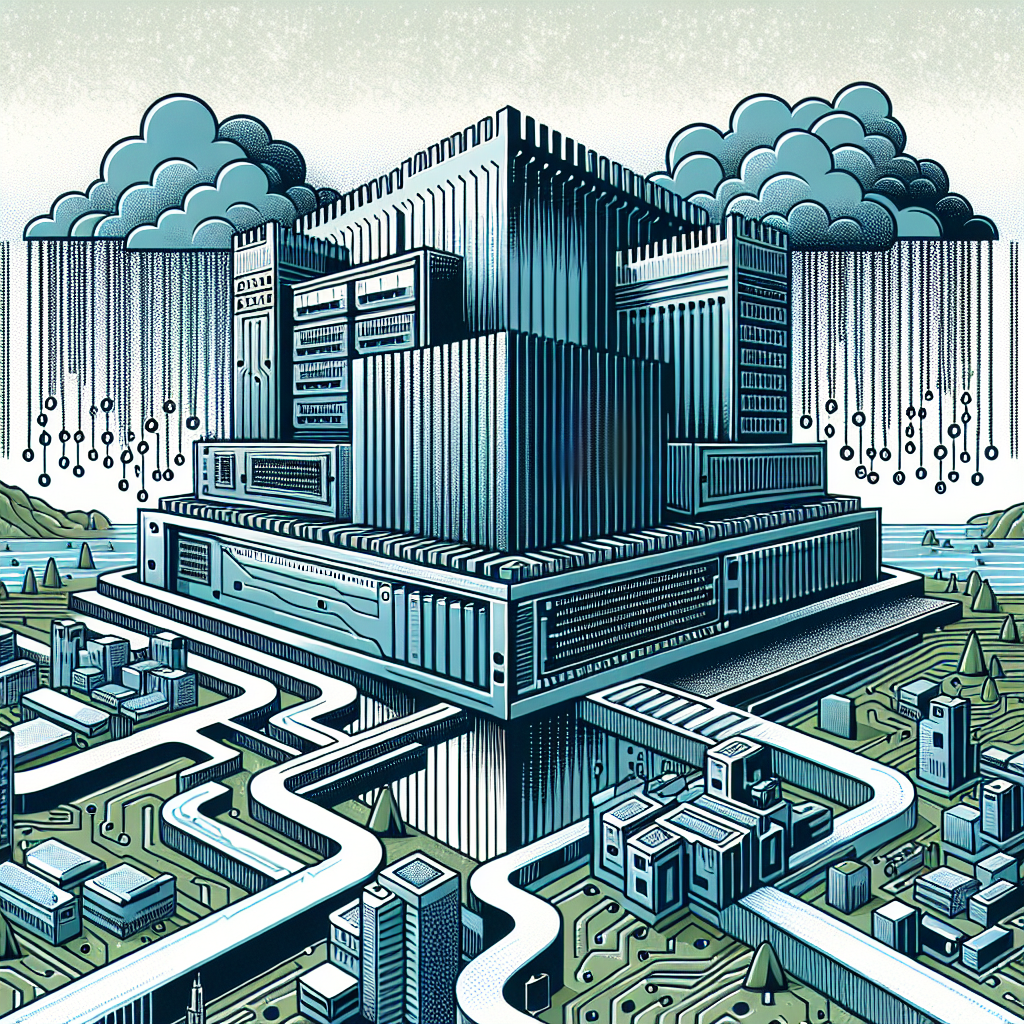
Exploring the Advantages of Non-volatile Memory in Data Storage
Non-volatile memory, also known as NVM, is a type of computer memory that retains its data even when the power is turned off. This is in contrast to volatile memory, such as RAM, which loses its data when the power is disconnected. Non-volatile memory has become increasingly popular in data storage due to its numerous advantages.One of the main advantages of non-volatile memory is its durability. Unlike traditional hard drives, which have moving parts that can wear out over time, non-volatile memory is solid-state, meaning it has no moving parts. This makes it much less susceptible to physical damage and can withstand more wear and tear, resulting in a longer lifespan.
Another advantage of non-volatile memory is its speed. Non-volatile memory can read and write data much faster than traditional hard drives, leading to quicker access times and improved overall performance. This is particularly important for applications that require fast data retrieval, such as gaming or video editing.
Non-volatile memory also consumes less power than traditional hard drives, making it more energy-efficient. This can lead to cost savings for businesses that use large amounts of data storage, as well as reducing the environmental impact of data storage operations.
Additionally, non-volatile memory is more secure than traditional hard drives. Because it retains its data even when the power is turned off, it is less vulnerable to data loss or corruption. This makes it an ideal option for storing sensitive information, such as financial data or personal records.
Overall, non-volatile memory offers numerous advantages over traditional data storage methods. Its durability, speed, energy efficiency, and security make it an attractive option for businesses and individuals looking to improve their data storage capabilities. As technology continues to advance, non-volatile memory is likely to become even more prevalent in the world of data storage.
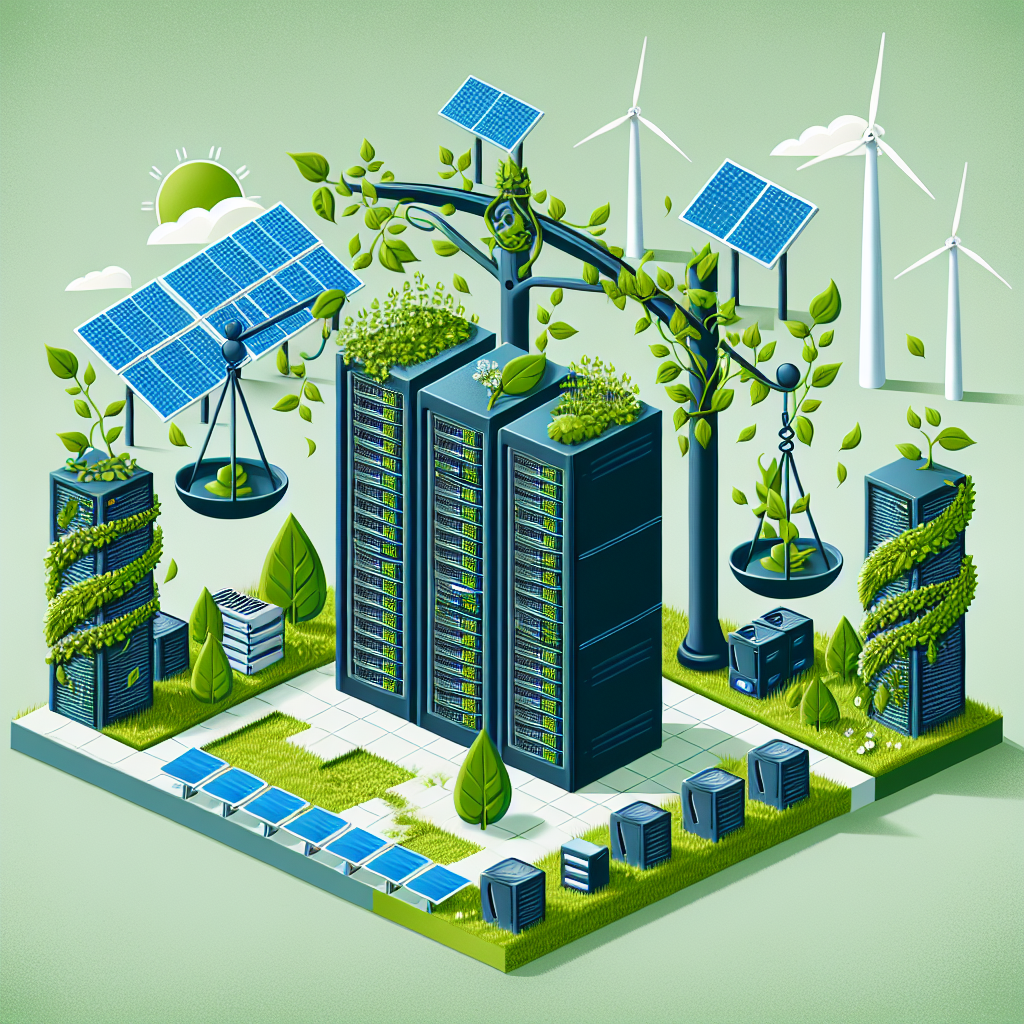
Green Data Centers: Advantages and Challenges of Energy Efficiency
In recent years, the concept of green data centers has gained traction as businesses and organizations look for ways to reduce their carbon footprint and energy consumption. Green data centers are designed to be energy-efficient and environmentally friendly, using technologies and strategies that minimize energy usage and waste.One of the main advantages of green data centers is their positive impact on the environment. Traditional data centers consume vast amounts of electricity, which is generated from non-renewable sources such as coal and natural gas. By implementing energy-efficient technologies such as server virtualization, airflow management, and renewable energy sources like solar or wind power, green data centers can significantly reduce their carbon emissions and overall environmental impact.
Another advantage of green data centers is cost savings. By reducing energy consumption, businesses can lower their electricity bills and operational costs. Additionally, green data centers may be eligible for incentives and tax credits for their environmentally friendly practices, further reducing their expenses.
Despite the numerous benefits of green data centers, there are also challenges that come with implementing energy-efficient strategies. One of the main challenges is the upfront cost of upgrading existing data centers to be more energy-efficient. Investing in new technologies and infrastructure can be expensive, and businesses may be hesitant to make the initial investment.
Another challenge is the complexity of implementing energy-efficient technologies. Green data centers require careful planning and expertise to ensure that the systems are properly designed and optimized for maximum efficiency. Additionally, businesses may face resistance from employees who are accustomed to traditional data center practices and are reluctant to change.
In conclusion, green data centers offer many advantages, including environmental benefits, cost savings, and potential incentives. However, businesses must be prepared to overcome challenges such as upfront costs and complexity in order to successfully implement energy-efficient strategies. By investing in green data centers, organizations can reduce their carbon footprint, lower their operational costs, and contribute to a more sustainable future.

The Advantages of Using Renewable Energy Sources for Data Center Generators
Data centers are essential for storing and processing vast amounts of data in today’s digital age. However, they also consume a significant amount of energy to keep their operations running smoothly. To reduce their carbon footprint and become more sustainable, many data centers are turning to renewable energy sources for their power needs. In particular, using renewable energy sources for data center generators can offer numerous advantages.One of the primary benefits of using renewable energy sources for data center generators is that they are environmentally friendly. Traditional power sources such as fossil fuels emit greenhouse gases and contribute to air pollution, which can have harmful effects on the environment and public health. In contrast, renewable energy sources like solar, wind, and hydroelectric power produce minimal to no emissions, making them a cleaner and more sustainable option for powering data centers.
Additionally, renewable energy sources are abundant and inexhaustible. Unlike finite fossil fuels, renewable energy sources are constantly replenished by natural processes such as sunlight, wind, and water flow. This means that data centers can rely on renewable energy sources for their power needs for the long term without depleting finite resources.
Using renewable energy sources for data center generators can also help reduce operating costs in the long run. While the initial investment in renewable energy infrastructure may be higher than traditional power sources, the operational and maintenance costs are typically lower. Renewable energy sources require less maintenance and have lower fuel costs, resulting in potential savings for data centers over time.
Furthermore, using renewable energy sources can enhance a data center’s reputation and attract environmentally conscious customers. As more businesses and consumers prioritize sustainability, data centers that demonstrate a commitment to using renewable energy sources can differentiate themselves in the market and appeal to a broader range of customers.
In conclusion, the advantages of using renewable energy sources for data center generators are numerous. From environmental benefits to cost savings and improved reputation, renewable energy sources offer a sustainable and efficient solution for powering data centers. By embracing renewable energy sources, data centers can reduce their carbon footprint, lower operating costs, and contribute to a more sustainable future for the planet.
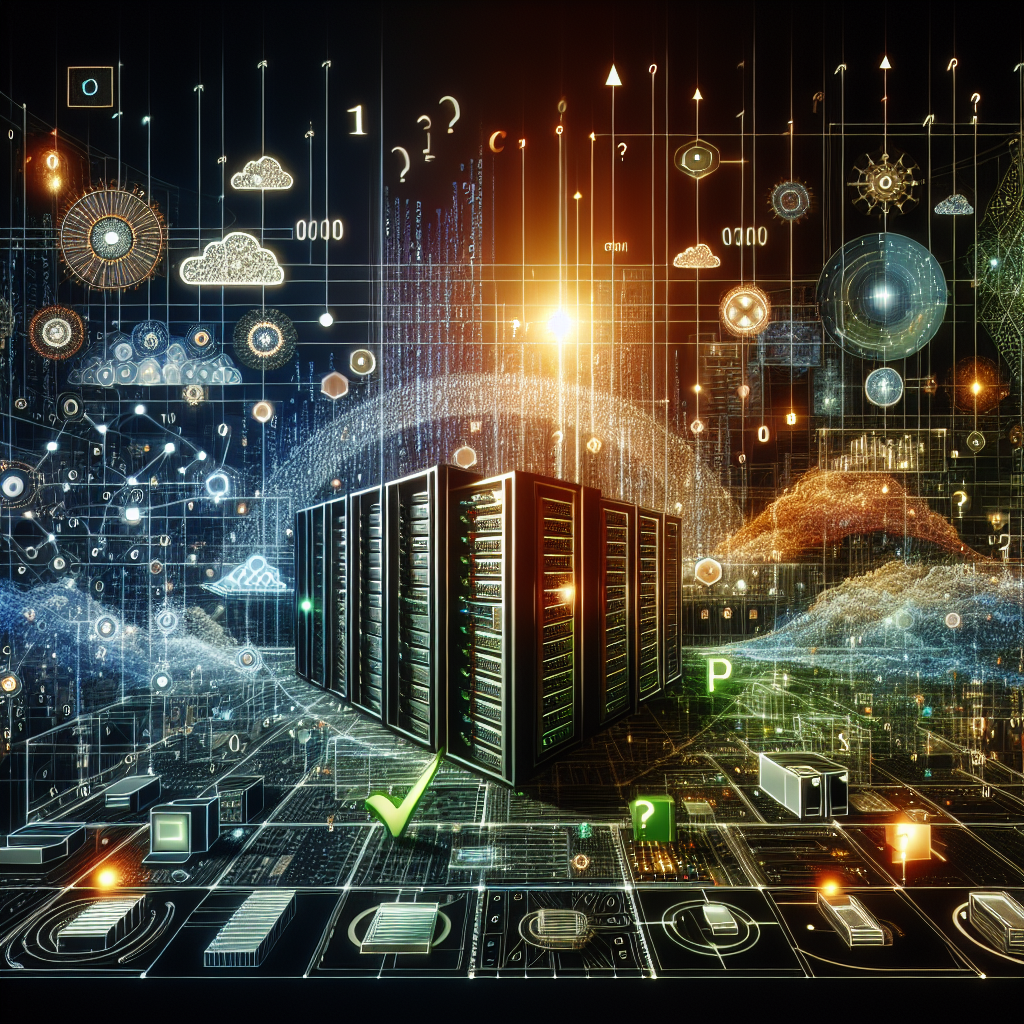
Data Center Server Virtualization: Advantages, Challenges, and Best Practices
Data center server virtualization has become a popular strategy for businesses looking to maximize efficiency and reduce costs. By virtualizing servers, companies can consolidate their hardware, decrease energy consumption, and streamline IT management. However, there are also challenges that come with server virtualization, as well as best practices that businesses should follow to ensure successful implementation.Advantages of Data Center Server Virtualization:
1. Cost savings: Virtualizing servers allows businesses to reduce the number of physical servers they need, leading to lower hardware and maintenance costs.
2. Improved efficiency: Virtualization enables companies to make better use of their server resources, leading to improved performance and faster response times.
3. Scalability: With virtualization, businesses can easily scale up or down their server capacity as needed, without the need for additional hardware.
4. Disaster recovery: Virtualized servers can be easily backed up and restored, making it easier for businesses to recover from disasters or data loss.
Challenges of Data Center Server Virtualization:
1. Complexity: Implementing server virtualization can be complex and require specialized knowledge and skills.
2. Performance issues: Virtualized servers may not perform as well as physical servers, particularly for resource-intensive applications.
3. Security risks: Virtualized servers can be more vulnerable to security threats, as multiple virtual machines are running on the same physical hardware.
4. Licensing issues: Businesses may need to navigate complex licensing agreements when virtualizing servers, which can add to the cost and complexity of implementation.
Best Practices for Data Center Server Virtualization:
1. Plan carefully: Before implementing server virtualization, businesses should carefully plan their virtualization strategy, considering factors such as workload requirements, resource allocation, and disaster recovery.
2. Train staff: Ensure that IT staff are properly trained in virtualization technologies and best practices to avoid costly mistakes and downtime.
3. Monitor performance: Regularly monitor the performance of virtualized servers to identify and address any issues that may arise.
4. Implement security measures: Take steps to secure virtualized servers, such as using firewalls, encryption, and access controls to protect against cyber threats.
In conclusion, data center server virtualization offers numerous benefits for businesses, including cost savings, improved efficiency, and scalability. However, it also presents challenges such as complexity, performance issues, and security risks. By following best practices and carefully planning their virtualization strategy, businesses can successfully implement server virtualization and reap its many benefits.
